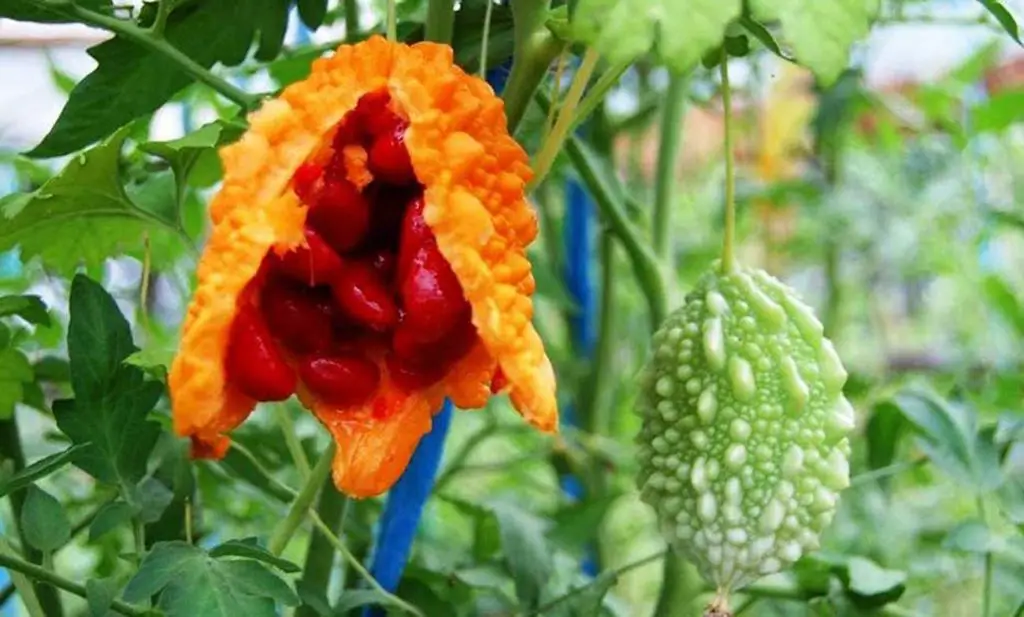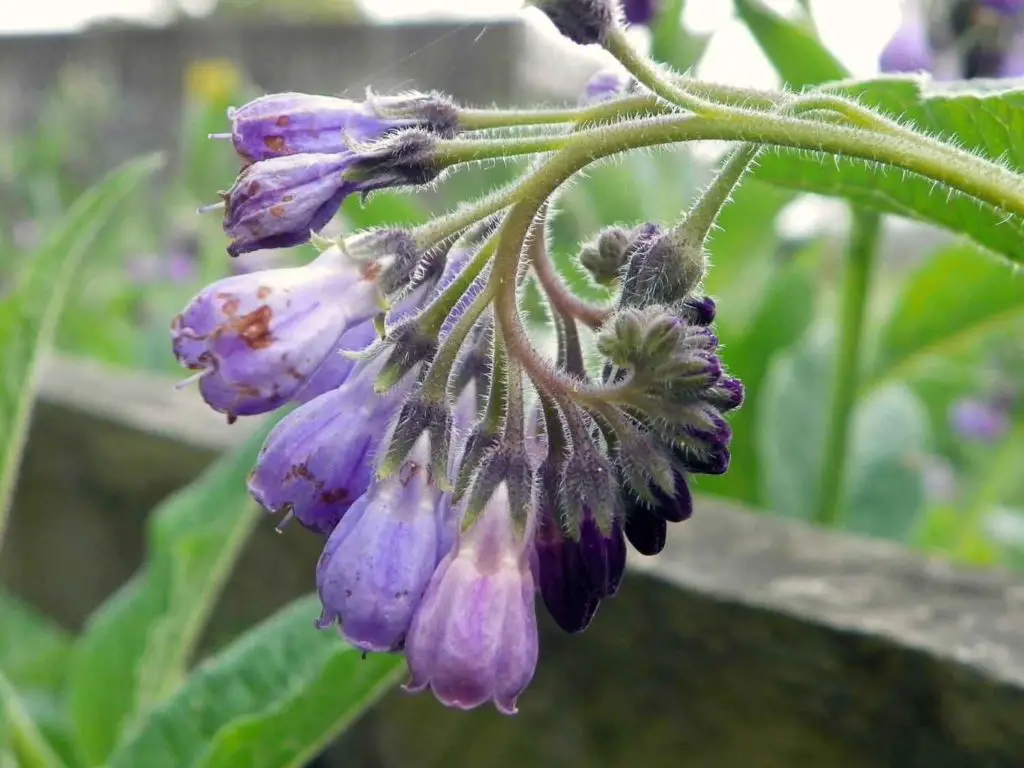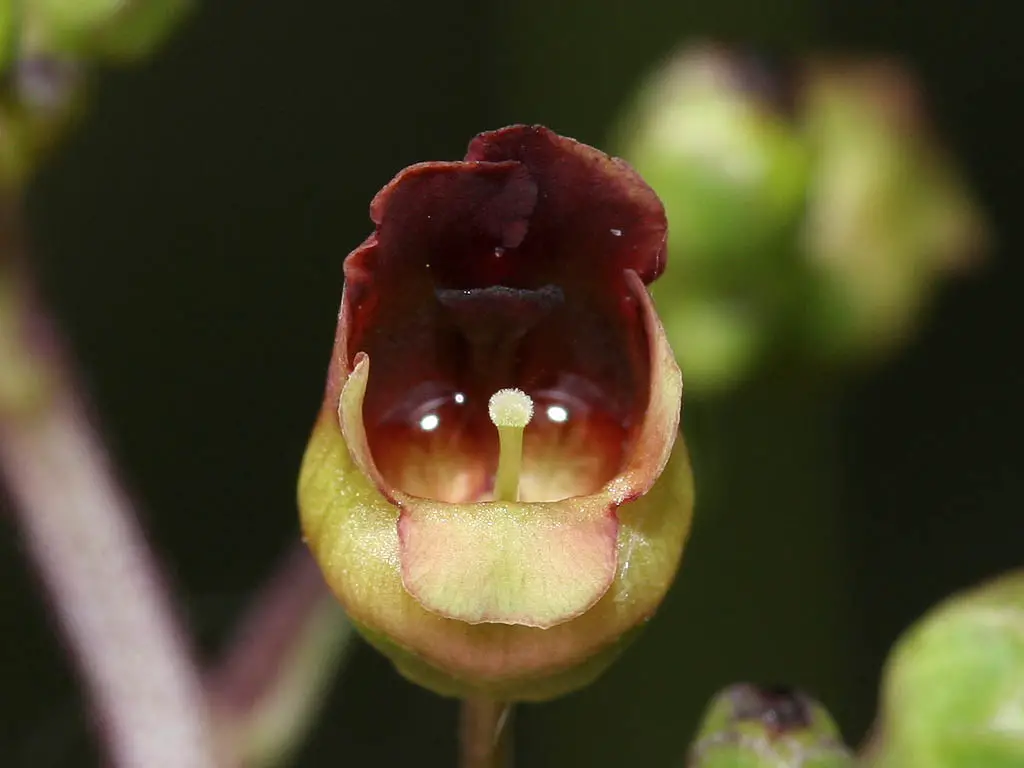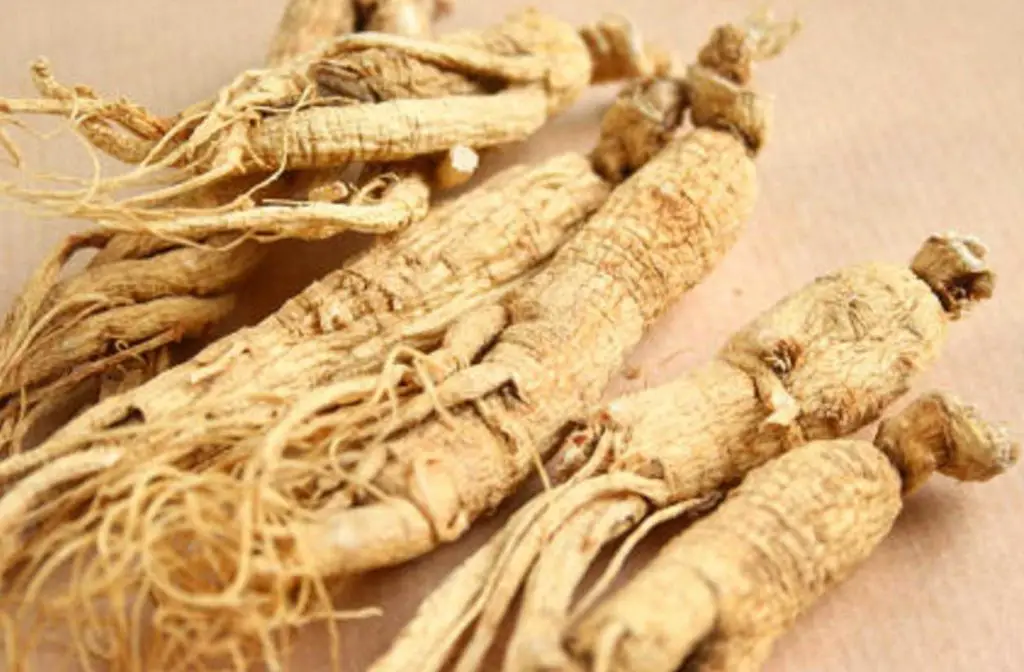What is Cerasee?
Cerasee or Momordica charantia is a herb popular for its bitter green to yellow fruit. In the Middle East, the Carribean, and Africa, the plant is known as Cerasee, but in other parts of the world, this vine goes by many names – it is called Saint Cajetan’s Melon in Brazil, Corilla in Guyana, Ampalaya or Amorgoso in the Philippines, Pare or Paria in Indonesia, and plenty others. Although bitter, the Cerasee fruit is central to international cuisines due to the fruit’s health benefits and intense flavor. Cerasee is famous for its “warty” bitter fruit, which is initially green, but turns yellow with age.
This plant comes in several varieties, but the most common ones include the miniature fruit (common in India and Bangladesh), the Chinese variety (pale green, oblong with tapering ends, and a gently undulating warty exterior), and the India native variant (green and narrower with a more jagged surface). The crunchy, watery Cerasee fruit is often consumed or added in cooking when still green or as it begins to yellow, while its flat seeds are usually taken out and discarded in cooking. The Cerasee fruit can be eaten fresh (raw) or cooked – the fruit is used in stir-fry, soups, stews, dim sum, and in various traditional dishes. Apart from being included in international cuisine, the fruit is also used in making herbal teas and as a hops replacement in Chinese and Okinawan beers.

Apart from the fruit, Cerasee’s leaves and stems are also boiled for tea for their healing and detoxifying properties. Some cultures use Cerasee tea for blood sugar regulation, constipation, abdominal pains, and more. Aside from tea, Cerasee leaves and stems are also crushed and applied to the skin to treat insect bites and other skin problems.
Cerasee Benefits and Uses
Cerasee is used in many cultures as an herbal treatment to a couple of medical conditions and predominantly the plant has also been studied for its healing benefits. Here are some of the known uses for Cerasee:
Weight Loss
Cerasee has another potential application in weight loss, according to a published study in 2010. According to the study’s outcome, Cerasee was effective in reducing and suppressing lipid (fat) accumulation in the body by successfully regulating adipogenic transcription factors and adipocytokine gene expression. However, the study suggested that more studies need to be conducted for Cerasee’s formal use for human weight loss.
Diabetes
Possibly one of the most significant uses of Cerasee involves its application in diabetes treatment. Due to Cerasee’s hypoglycemic activity, studies all over the world were conducted for the plant for its use in diabetics, leading to the development of natural supplements containing Momordica/Cerasee for ailing patients. According to one 2013 review, there are abundant pre-clinical studies published supporting Cerasee’s hypoglycemic effects benefiting patients with diabetes. However, the same study also outlined the need for better-designed clinical trials to further establish Cerasee’s importance when it comes to diabetes treatment.

Acne
Due to Cerasee’s antibacterial properties, the plant is also involved in managing acne, especially cystic acne caused by bacterial pathogens. A Taiwanese study in 2015 studied the relevance of Cerasee (Momordica’s) bacterial-fighting ability against Proppionibacterium acnes (P.acnes), which is the primary bacterium responsible for causing treatment-resistant acne. According to the result of the study, Momordica extract effectively inhibited P.acne activity and concluded that the plant extract may be useful for managing inflammation caused by the bacterium.
Pregnancy and Abortion
Cerasee’s bitter taste led to the use of the plant as an abortifacient in several cultures. According to one review, due to the plant’s abortifacient properties, several cultures advise women to avoid consuming it. Apart from abortion, Cerasee’s seeds are also known to have antispermatogenic properties in males.
Skin
Ground Cerasee stems and leaves are usually applied to the skin for its healing properties, hence its use in many skin diseases. Other traditional uses for this plant also suggest Cerasee tea’s blood purifying capabilities, which lead to clearer, rejuvenated skin. While other traditions prevent pregnant women to consume the plant because of its abortifacient properties, some cultures encourage its consumption for the infant’s clearer skin.
Cancer
Research studies strongly back-up claims for Cerasee as a use for cancer treatment. Some studies suggest that the Cerasee extract is able to control breast cancer by inhibiting cancer cell growth and encouraging cancer cell apoptosis (cell death). For that reason, Cerasee extract may be used as a supplement for breast cancer treatment or prevention. Apart from breast cancer, Cerasee is also being studied for its efficacy in other cancer types including prostate cancer, melanoma, choriocarcinoma, human bladder carcinomas, Hodgkin’s disease, and skin tumors.
Stimulant
Besides being a potential cancer treatment, Cerasee is also considered as an appetite stimulant. The detailed use for Cerasee as an appetite stimulant is not outlined, but the plant has a long history in Chinese medicine and also in traditional medicine as treatment for stomach infections.
Antioxidant
Research suggests the use of Cerasee as an antioxidant given its leaf, stem, and fruit extracts high potential for free radical scavenging activity. According to one 2008 study, the leaves showed the highest antioxidant activity based on its ferric reducing power and DPPH radical-scavenging activity; on the other hand, the Cerasee fruit extract exhibited the highest antioxidant activity in terms of hydroxyl radical-scavenging activity, beta-carotene-linoleate bleaching assay activity, and total antioxidant capacity.
Another study from 2008 also concluded that Momordica or the Cerasee plant’s antioxidant activity contributes to its therapeutic benefits in traditional medicine.
Detox (Cleanse)
Due to the antioxidant activity of Cerasee (Momordica), the plant is traditionally used for detoxification. The researchers studied the effects of cadmium in the liver, but also found out that Cerasee’s methanolic leaf extract has great potential when it came to liver damage prevention. Cerasee’s antioxidant activity and its detoxifying property were able to limit cadmium’s supposed liver damage properties.
Looking for a cleanse? You can also check out the Duck Flower Cleanse or Bissy Tea.
Clean Urine (To Pass Drug Tests)
Cerasee tea is also believed to help in cleansing urine to pass drug tests because of it’s blood purifying and detoxifying properties. However, there is still not enough proof that will suggest Cerasee’s overall effectiveness in detoxifying urine for various types of drug tests.
Chikungunya
Cerasee is also thought to assist in fighting off infections and viruses like the Chikungunya. According to common Jamaican culture, Cerasee helps purge the blood, hence increasing the body’s capacity to fight off viruses and other foreign pathogens, including the Chikungunya virus.
Eczema
Cerasee leaves and stems are ground to paste and are used to alleviate skin conditions like eczema in patients. Historical evidence in traditional medicine suggests the use of Cerasee in treating several ailments including skin diseases like eczema, according to a 2004 study. Although more evidence is still needed to establish Cerasee (Momordica) for skin treatments, early studies for the plant have had promising results.

Herpes
Cerasee is also used in treating other viral infections such as herpes. Studies reveal that its extract is also able to effectively fight off viruses like the herpes simplex virus, the one responsible for most genital herpes. It is also said that Cerasee extract is more effective than the renowned antiviral drug Acyclovir in killing off herpes simplex strains resistant to the antiviral drug.
Flu
Another traditional use of the Cerasee (Momordica) is for flu treatment. Various cultures believe that bitter fruits like Cerasee have strong healing properties, hence its use for flu treatment in individuals. The plant may have been effective in managing flu symptoms given its strong antioxidant, antibacterial, and antiviral properties, as supported by countless research studies about the plant.
Cold
Given Cerasee’s antiviral properties, Cerasee tea and Cerasee fruit is also believed to help relieve colds in patients and assist in faster recovery of individuals with colds and flu. Research, on the other hand, attests to Cerasee’s benefits in fighting off viral infections, hence its possible application in quicker cold recovery.
Hair Growth
Some suggest the use of Cerasee in hair loss – according to traditional treatments, Momordica juice should be mixed with a dash of sugar as a paste for the scalp. This will help to naturally reduce hair loss.
Yeast Infection
Bacteria is responsible for yeast infections and since Cerasee’s extract is known for its antibacterial properties, the plant is also studied for its applications in treating yeast infections. According to one study published in 2010, Cerasee (Momordica) extract had promising results when it came to managing yeast-induced pyrexia in rats. Researchers recommended the further study of Cerasee extract for yeast infection, pyrexia, and analgesia.
Liver
Cerasee fruit, tea, and extract are believed to have detoxifying properties relevant to liver maintenance. Studies strongly support the potential of Momordica for liver maintenance, as it was able to prevent liver damage as seen in several studies. As a result, liver supplements with Momordica are available in the market and are aimed at helping prevent liver damage and disease.

For other Jamican herbs to try, you can also check out Guinea Hen Weed and the Guinep Fruit.
Cerasee Dosage
Since Cerasee is not yet a drug, there is no fixed recommendation for its dosing in patient use. However, suggested use for diabetics is 50 to 100 mg of Cerasee juice daily or 900 mg of Cerasee fruit 3 times a day. Traditional medicine suggests that Cerasee tea intake should also be limited to one or two cups a day. Also, according to traditional Jamaican use, Cerasee use should be given a 9-day break to prevent possible liver damage.
Read also: Jamaican Bissy tea and Cocolmeca
Cerasee Side Effects, Safety, Dangers and Warnings
Although the Cerasee plant is highly recommended as a whole, warnings also exist for this plant’s use, especially for pregnant women. Since Cerasee is used as an abortifacient, pregnant or lactating women should avoid consuming Cerasee fruit or tea. Individuals are also warned about this plant’s possible antifertility actions in individuals, especially men.
Apart from abortifacient and antifertility effects, the plant is also associated with cases of hypoglycemic comas in children taking Cerasee tea, atrial fibrillation, abdominal pain, diarrhea, vomiting, and headache.
For safety purposes, it is always wise to consult with the doctors first before using Cerasee for medical conditions and before taking Momordica-based supplements, especially when patients who will use the plant are currently with other prescription medications.
How to make Cerasee Tea?
Since Cerasee tea is rich in Vitamin A, C, phosphorous, and alkaloids, and hosts a multitude of benefits for the body, Cerasee fruit consumption or leaves/bush brewing is prevalent in most cultures. To make Cerasee tea, you will need 10 cups of water, a handful of dried or green Cerasee, and a teaspoon of sugar. After washing the dried or fresh Cerasee, it is placed in a pot with the water and subjected to high heat until the water becomes only a cupful. When the Cerasee tea is reduced, the tea is strained and sweetened to taste. Alternatively, pre-made Cerasee tea bags can be purchased online or locally depending on their availability.
Best Cerasee to Buy
Its best to buy an authentic Cerasee tea made with traditional preparations. I myself prefer a Jamaican Cerasee. Generally anything with “Jamaican Cerasee” is going to be prepared correctly.

References:
https://www.ncbi.nlm.nih.gov/pmc/articles/PMC3255405/
http://file.scirp.org/pdf/ABC_2014061710494412.pdf
http://global-research-online.net/volume1issue2/Article%20018.pdf
www.sciencedirect.com/science/article/pii/S0308814608002793
www.sciencedirect.com/science/article/pii/S0023643807001181
https://bmccomplementalternmed.biomedcentral.com/articles/10.1186/1472-6882-10-34
https://www.researchgate.net/profile/Olugbenga_Ayannuga/publication/244526405_Hepatoprotective_Potentials_of_Methanolic_Extract_of_the_Leaf_of_Momordica_charantia/links/0deec51d43702dbca5000000.pdf
https://www.ncbi.nlm.nih.gov/pubmed/15182917
https://www.ncbi.nlm.nih.gov/pmc/articles/PMC4027280/





My mother has brought this for to try to see if this will help with my autoimmune disorders,as I a child growing up in Jamaica by drinking the tea helps with sickness. I have to say the bitter taste bought back such childhood memories.
I too have autoimmune disorders so I can sympathize.
Let us know how it goes!
Do it helps with bone infection IN a diabetic foot. Please somebody tell me please. Thank you
I would not mess around with any type of infection. I would go see your doctor and do whatever they recommend. Things like this can go sideways quickly.
Love the healing properties it has on the body but mostly the taste is very good , I’m guessing I enjoy bitters but it is very soothing.
Don’t you love when something is beneficial and you like the taste?! Win! Win!
I like to know is there anything that can help with thyroid nodules.
We don’t prescribe or diagnose here. Please see your doctor. They are trained to take care of us.
It’s hard to find a doctor like that, the rest in the US keep us sick and on drugs on purpose. Blind faith is fallen, human doctors is not good either.
Hi Darcy.
I love this article very much. I also suffer from auto-immune disease and gout. This will help me very much in managing my symptoms.
Thank you.
Beverley.
So I am clear, 10 cups of water, hand full of Cerasee dried and reduce down to 1 cup.
For weight lost, how many cups per day? How many days? How long of a break before you start again?
Same question if using for fatty liver cleansing? Thank you for your article.
Does this tea help with ED in men?
I have a friend who had taken traditional medicine and a diet plan from Nze Njoku Herbal Home on google to treat Arthritis and High Blood Pressure and for some years now he looks normal. From severe pain always a sick guy Now he looks so healthy and enjoying normal productive life😊 Praise God